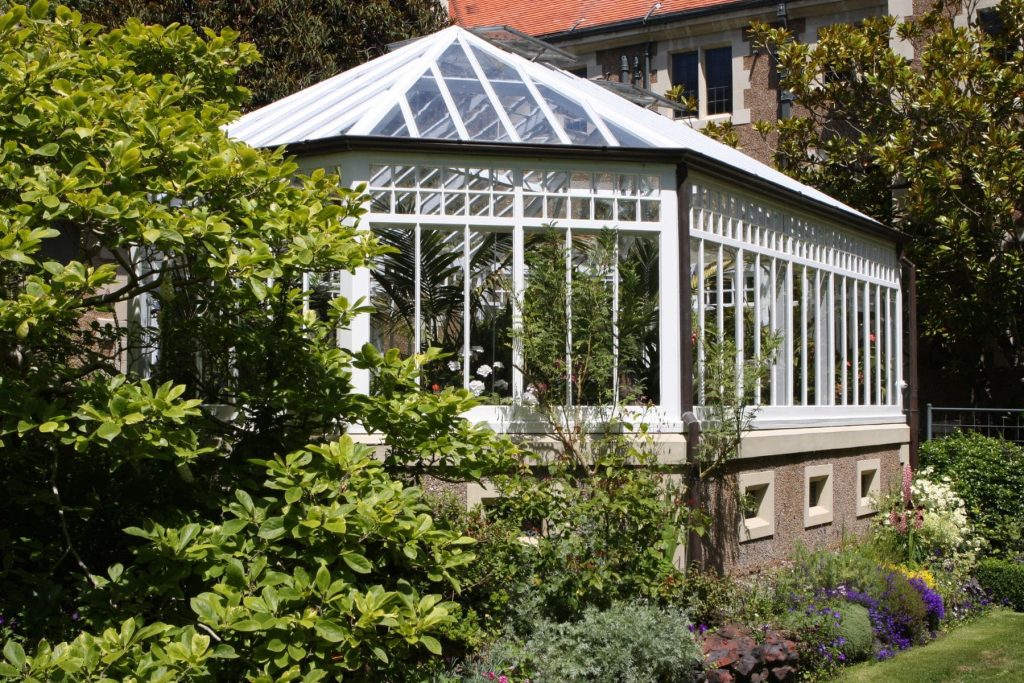So, you’re thinking of adding some extra space to your home—a cozy spot to enjoy your morning coffee, a place to relax with a good book, or maybe just an area to soak in the outdoors without dealing with the weather. As you start doing your homework, you’ll probably come across two popular options: a 3 season room and a sunporch.
At first glance, they might seem like the same thing. But dig a little deeper, and you’ll discover there are some key differences that could affect everything—from how much you spend, to how much use you actually get out of the space.
Let’s break it down together so you can decide what’s best for your home and lifestyle. By the end of this guide, you’ll know the real difference between 3 season room and sunporch, and which one makes the most sense for you.
What Exactly Is a 3 Season Room?
Let’s start with the 3 season room.
A 3 season room is an enclosed structure typically added to the side or back of a house. It’s designed for use during spring, summer, and fall—hence the “3 seasons.” These rooms are usually not insulated like the rest of your home and often don’t have central heating or cooling. But they do have large windows (sometimes floor-to-ceiling), which means you get tons of natural light and a great view of your yard or garden.
Key features of a 3 season room:
- Lots of screened or glass windows
- Lightweight construction materials (like aluminum or vinyl)
- Often built on an existing deck or slab
- Typically doesn’t include HVAC systems
- Offers protection from rain, bugs, and wind
It’s basically your indoor-outdoor hybrid. You’re sheltered, but still connected to the outside world.
And What About a Sunporch?
Now let’s talk about the sunporch.
A sunporch (sometimes called a sunroom, solarium, or even just an enclosed porch) is a more general term that can include many types of indoor/outdoor rooms—ranging from very basic screened-in porches to high-end, fully-insulated rooms that are usable year-round.
The word “sunporch” usually suggests a space that’s a little more rustic or casual than a full-fledged sunroom. Think of it as your old-school front or back porch that’s been enclosed with screens or windows to make it more usable.
Key features of a sunporch:
- Can be screened or glassed-in
- May or may not be insulated
- Typically attached to the front, side, or back of the home
- No clear standard—sunporches vary widely in design and comfort
- Might not be completely weather-tight
So now you’re probably wondering… what’s the actual difference between a 3 season room and a sunporch?
The Real Difference Between 3 Season Room and Sunporch
Here’s where it gets interesting. The difference between a 3 season room and sunporch often comes down to intent, construction, and usability.
Let’s break that down:
1. Purpose and Function
A 3 season room is specifically designed to be used in mild weather. It’s built to let in light and keep out the elements—so you can enjoy spring breezes, summer evenings, and fall foliage without being attacked by bugs or drenched by a rainstorm. It’s a comfort zone.
A sunporch, on the other hand, is more of a catch-all term. It could be a simple screened-in porch that’s only good for summer, or it might be a glassed-in space with a small space heater that lets you stretch into the shoulder seasons. It’s more ambiguous.
2. Insulation and Heating/Cooling
Most 3 season rooms do not include insulation, heating, or cooling. That’s by design—they’re meant to be a step above outdoors, but not quite like your living room.
Some sunporches, however, might be insulated, and some even include heating elements like electric fireplaces or portable heaters. In some cases, they’re so well built that homeowners add HVAC systems and use them year-round (though that actually makes it a 4 season room—but that’s another topic).
3. Construction Quality
Because a 3 season room is built for 3-season use, it’s often constructed with higher-quality materials than a basic screened-in porch. You’ll typically see framed glass windows, insulated floors, and durable roofing.
A sunporch could be as simple as a deck with screens or as fancy as a mini conservatory. It really depends on the builder and the budget.
4. Cost
Cost is a big one.
On average, a 3 season room is more expensive than a basic sunporch because of its framed windows, weather-resistant materials, and more substantial design. If your sunporch is just a screened-in structure with a roof and no real walls or insulation, you’re going to spend less upfront—but you might also get less use out of it.
Which One Is Right for You?
Here’s how to figure it out.
Go with a 3 season room if:
- You want to enjoy your space for more months of the year
- You’re looking for more protection from weather
- You love natural light and scenic views
- You might entertain guests there
- You plan to furnish it with indoor-style furniture
- You’re okay spending a bit more for comfort
Go with a sunporch if:
- You’re on a tighter budget
- You just want a simple space to enjoy fresh air
- You don’t mind limited seasonal use
- You like a casual, breezy vibe
- You’re okay with a little dust, wind, or occasional critters
What About Resale Value?
If you’re thinking long-term, it’s good to know that a 3 season room might add more value to your home than a simple sunporch. Because it’s better insulated and more comfortable, potential buyers may see it as a usable bonus room—essentially more square footage to enjoy.
A sunporch, while charming, may be seen more as a luxury or accessory space. Still nice to have, but maybe not a selling point.
Can You Convert One Into the Other?
Absolutely! Many homeowners start with a basic sunporch and later decide to upgrade to a 3 season room by adding insulation, better windows, and sometimes even a mini split HVAC system. It’s a great way to slowly improve your home without tackling everything at once.
But keep in mind: once you start heating and cooling the space year-round, you’re heading into 4 season room territory.
Final Thoughts
At the end of the day, the real difference between 3 season room and sunporch boils down to how you want to use the space and what kind of comfort you’re after.
If you dream of a bright, airy room where you can unwind for three-quarters of the year, go with a 3 season room. If you just want a simple place to enjoy a breeze without being eaten alive by mosquitoes, a sunporch might be all you need.
Both options are great—they just serve different needs.
So take a step back, think about your lifestyle, your budget, and your goals for your home. Then decide which space fits your dream best. Either way, you’re investing in more joy, more light, and more moments to love being at home.
Got questions about building your own 3 season room or sunporch? Reach out to a local contractor who specializes in outdoor living spaces. They’ll help you turn your vision into something real—whether it’s sipping iced tea on a sunny fall afternoon, or listening to the rain without getting wet.
Because when it comes to home upgrades, comfort and connection matter most.


emgan6
sbv0ub
sunroomslongislandny.com
sunroomslongislandny.com
Tayla Rech
Gladis Wyatt
Luella Spady
Delores Berman
Charmain Langlois